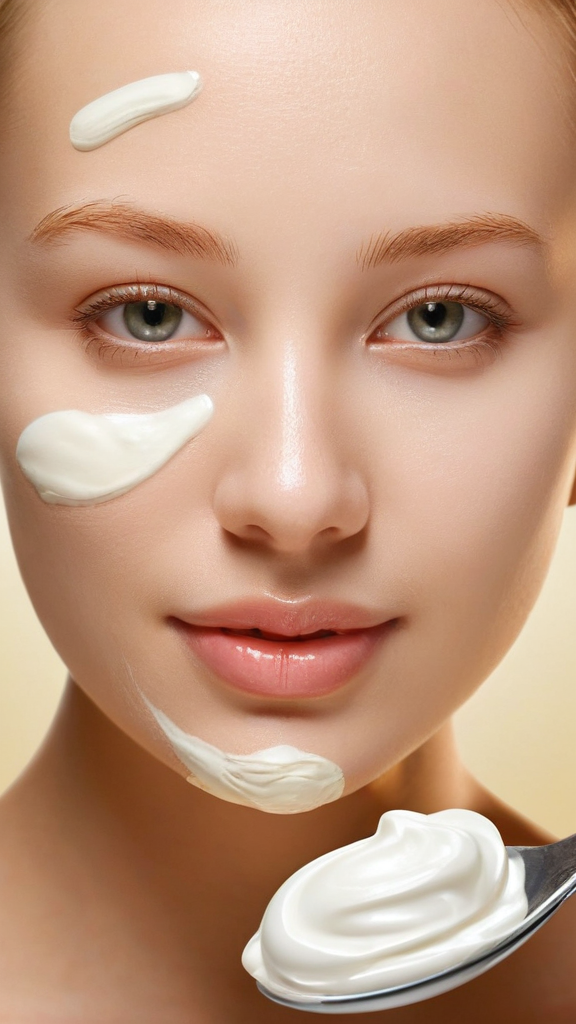The Best Fluffy Pancakes recipe you will fall in love with. Full of tips and tricks to help you make the best pancakes.

Gelmicin Cream
The Benefits and Uses of Gelmicin Cream for Skin Conditions
Gelmicin cream is a widely used topical treatment known for its ability to address various skin conditions. This cream combines multiple active ingredients, providing a range of benefits for those dealing with skin irritations, infections, and other dermatological issues. In this article, we will explore the benefits and uses of Gelmicin cream, helping you understand how it can be an effective addition to your skincare regimen.
Key Ingredients of Gelmicin Cream
One of the reasons Gelmicin cream is so effective is its unique composition. Each ingredient plays a vital role in treating skin issues:
- Gentamicin: An antibiotic that combats bacterial infections, making it ideal for treating infected wounds.
- Betamethasone: A potent corticosteroid that reduces inflammation and alleviates symptoms such as redness and swelling.
- Clotrimazole: An antifungal agent that treats fungal skin infections, such as athlete’s foot or ringworm.
- Hydrocortisone: A milder corticosteroid that provides additional relief from itching and minor irritations.
Benefits of Using Gelmicin Cream
There are numerous reasons why Gelmicin cream may be recommended by healthcare professionals:
- Effective in Treating Skin Infections: The combination of gentamicin and clotrimazole makes Gelmicin cream a powerful choice for tackling bacterial and fungal infections.
- Reduces Inflammation: Betamethasone helps decrease swelling and redness, providing comfort for irritated skin.
- Quick Relief from Itching: For those experiencing intense skin itching, hydrocortisone can quickly reduce the urge to scratch, leading to better recovery.
- Easy to Apply: The cream formulation allows for easy application to affected areas, making it accessible for everyday use.
Common Uses for Gelmicin Cream
Gelmicin cream is versatile and can be employed to treat a variety of skin conditions. Here are some of the most common uses:
- Infected Wounds: The antibiotic properties help heal wounds that have become infected.
- Fungal Infections: Use it for mild fungal infections like athlete’s foot, ringworm, or yeast infections on the skin.
- Eczema and Dermatitis: It can alleviate symptoms of eczema or contact dermatitis by reducing inflammation and itching.
- Psoriasis: Gelmicin cream may assist in easing flare-ups by controlling inflammation.
How to Use Gelmicin Cream
Applying Gelmicin cream correctly is essential for best results:
- Clean the affected skin area thoroughly and gently pat it dry.
- Take a small amount of the cream and apply a thin layer to the affected area.
- Gently rub the cream into the skin until it is absorbed.
- Wash your hands after application to avoid spreading the cream to other areas or to your eyes.
Precautions While Using Gelmicin Cream
While Gelmicin cream is beneficial, certain precautions should be taken:
- Always follow your doctor’s instructions regarding application frequency.
- Avoid using it on large areas of skin or on open wounds unless directed by a healthcare professional.
- Monitor for any signs of allergic reactions such as rash or increased irritation and seek medical advice if these occur.
- Do not use it for longer than recommended, as overuse can lead to side effects.
Potential Side Effects of Gelmicin Cream
Like any medication, Gelmicin cream can cause side effects. Some may include:
- Skin irritation or burning sensation at the application site.
- Dryness or peeling of the skin.
- Allergic reactions, which may require immediate medical attention.
Gelmicin cream serves as a powerful ally against various skin conditions. Its formulation provides relief from infections, inflammation, and itching, making it a go-to treatment for many individuals. Always consult with a healthcare professional before starting any new treatment to ensure it fits your specific needs. With the right approach, Gelmicin cream can be a significant part of achieving healthier skin.
Understanding the Ingredients and Mechanism of Action in Gelmicin Cream
Gelmicin cream is a topical medication that combines several powerful ingredients to treat a variety of skin conditions effectively. Understanding what these ingredients are and how they work will help you appreciate the cream’s effectiveness and appropriate usage. This knowledge can also guide you in discussing any concerns with your healthcare provider.
One of the key components of Gelmicin cream is gentamicin sulfate. This ingredient is an antibiotic that belongs to a group known as aminoglycosides. Gentamicin works by interfering with bacteria’s ability to produce proteins, which are essential for their growth and reproduction. This mechanism helps eliminate bacterial infections on the skin, making it especially effective against conditions like impetigo or other bacterial skin infections.
Another prominent ingredient is betamethasone valerate, which is a corticosteroid. It helps reduce inflammation, redness, and itching associated with various skin disorders. Betamethasone achieves this by suppressing the immune system’s response in the affected area. This not only alleviates symptoms but also aids in the overall healing process. A combined therapy of an antibiotic and a corticosteroid serves to combat both infection and inflammation simultaneously.
Gelmicin cream also includes clotrimazole, an antifungal agent that helps combat fungal infections. Clotrimazole acts by inhibiting the synthesis of ergosterol, a vital component of fungal cell membranes. By disrupting this process, clotrimazole effectively kills fungal cells, making it beneficial for conditions like athlete’s foot or ringworm.
Each ingredient serves a specific role in providing comprehensive treatment for skin issues. Here’s a brief overview of the ingredients found in Gelmicin cream and their corresponding actions:
- Gentamicin sulfate: Antibiotic that kills bacteria.
- Betamethasone valerate: Corticosteroid that reduces inflammation and itching.
- Clotrimazole: Antifungal that destroys fungal infections.
The mechanism of action in Gelmicin cream is a collaborative effort of these three ingredients. By targeting bacteria, reducing inflammation, and eliminating fungi, the cream addresses various skin conditions effectively. This targeted approach helps speed up recovery while alleviating any discomfort caused by the infection or inflammation.
When applying Gelmicin cream, it’s important to follow the instructions provided by your healthcare professional or the product label. Typically, clean the affected area before applying the cream for better absorption. A thin layer is usually enough to cover the area without causing excess buildup, which could irritate your skin. The cream can often be applied two to three times a day, but always check for specific guidance tailored to your condition.
Although Gelmicin cream is effective, side effects can occur. Some individuals may experience skin irritation, itching, or redness, especially when first using the product. If any severe effects occur, such as swelling of the face or difficulty breathing, seek medical attention immediately. Be mindful of any allergies to the listed ingredients and consult with your healthcare provider if unsure.
It’s essential to understand the importance of proper usage when it comes to Gelmicin cream. Overuse might lead to skin thinning or secondary infections due to altered skin resistance. Always stick to the prescribed treatment duration as advised by your doctor.
Gelmicin cream combines gentamicin sulfate, betamethasone valerate, and clotrimazole to provide a powerful, multifaceted approach to treating skin conditions. Its ability to tackle bacteria, inflammation, and fungi makes it a go-to option for many dermatological issues.
If you have any concerns about using Gelmicin cream or if it is appropriate for your condition, do not hesitate to discuss it with your healthcare provider. They can provide you with tailored advice and answer specific questions based on your skin type and overall health profile.
Conclusion
Gelmicin cream stands out as a versatile solution for various skin conditions, offering numerous benefits to users. This topical medication combines effective ingredients that work synergistically to alleviate symptoms associated with infections, irritation, and inflammation. By understanding its active components, you can appreciate how Gelmicin cream combats bacteria while promoting healing. It’s important to recognize how the cream targets the root causes of skin issues, not just the visible symptoms.
With its easy application and quick absorption, Gelmicin cream provides a convenient option for those dealing with common skin ailments. Whether you’re facing issues like athlete’s foot, eczema, or bacterial infections, the cream can significantly improve your skin’s condition, helping you regain your comfort and confidence.
Before using Gelmicin cream, always consult a healthcare professional, especially if you have persistent skin problems or are unsure of your diagnosis. Proper usage and understanding of when to apply the cream can enhance its effectiveness and foster better skin health.
Embracing Gelmicin cream as part of your skincare routine can lead to noticeable improvements, making it a must-have for many households. By keeping your skin well-maintained, you create a foundation for overall wellness. Use this powerful tool to unlock healthy, vibrant skin and feel empowered in caring for your skin.

